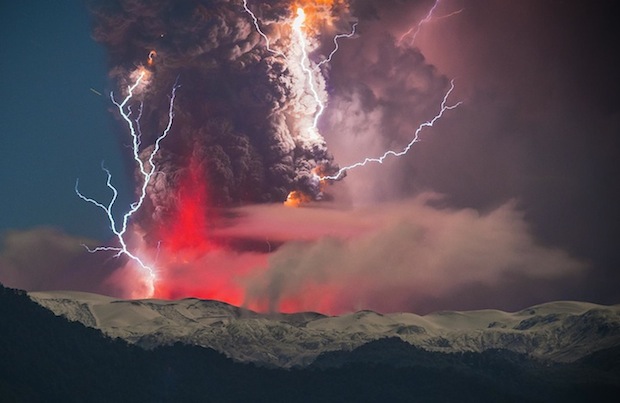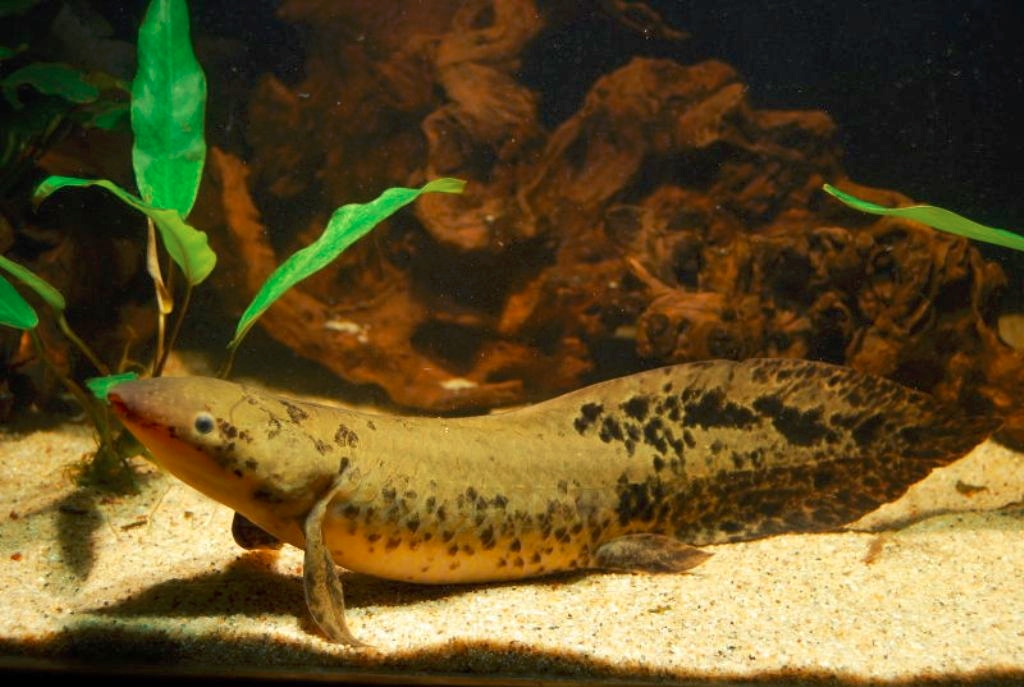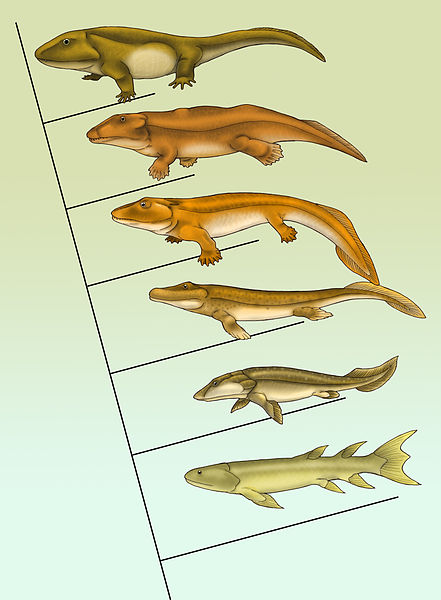bᵊ-Reish•itꞋ 5th Eve
Egg-Laying Animals: Fish, Amphibians & Birds
Cosmic Yom Kha•mish•iꞋ (Fifthday)


As earth formed, there were many collisions with small meteors that were pulled together by gravity. Additionally, gravity of other larger bodies, like our sun, pulled earth's core and crust in different directions, causing earthquakes and enormous friction — which caused heat that made early earth a large mass of molten lava and volcanoes.
While the earth was molten rock, gravity pulled denser materials — like gold and lead — toward the center of the earth. Though water is very dense and heavy, it's not as heavy as rock, and the heat of the molten rock kept water in its gaseous vapor state.
Over many eons, the earth gradually cooled, allowing water vapor to condense, forming large puddles that covered 2/3 of the planet's surface crust; in places so deep (11 km) that you could stack every 10-story building of a small city (up to 400) beneath the surface.
 marine invertebrate Encarta 506x340.jpg)
After the oceans had collected into seas, oceans and lakes, separate from dry land, and the sun and moon supplied light, the essentials for higher life-forms were finally in place.
Over many thousands of years, some of the tiny single-cells in the oceans mutated into multi-cell organisms. Over the next thousands of years, some of those mutated into invertebrates — fish.
As the fish mutated and diversified into countless species, some developed scales and fins.

Eventually, the fins of some of the fish adapted to walk around on the bottom, becoming primitive "fin-feet."
Over many more eons, these "fin-feet" evolved into stubby "fin legs & feet" and they developed the ability to walk on their fin legs a short distance out of the water onto the shore to escape predators or find food.

Eons later, "walking fish" developed into amphibians — like frogs, toads and salamanders. Amphibians begin life in the water with gills and tails, but when they become adults, their gills metamorphosed into lungs enabling them to breath air and remain on land permanently.
Spending their adult lives mostly on land, the fins of amphibians gradually developed into 4 legged animals. But their finned background can still be seen in their webbed toes.
About 300 million years ago, some of these 4-limbed animals stopped returning to the water to reproduce, becoming entirely land animals.
Land animals diversified into all of the animals we know today:
reptiles— like the dinosaurs (that became extinct 65 million years ago), sea turtles, crocodiles, scaled lizards, snakes and birds. Some dinosaurs were huge — as big as 6-stories high and as long as 4 buses! (The biggest whales today are only as long as 2½ buses.) And some dinosaurs evolved hollow boned reptiles called pterosaurs and, because their bones were much lighter and their front fin-hands spread into feathered wings and they learned to fly. Although the pterosaurs became extinct, some evolved into all of the birds that we have today. So, birds are reptiles that descended from the hollow-boned, feathered dinosaurs that ranged from the size of a large turkey to the length of a large alligator 0150x97.jpg)
 150x103.jpg)
 dinosaur bird – archaeopteryx (lithograph, animalia-life.com)
dinosaur bird – archaeopteryx (lithograph, animalia-life.com) Dinosaur bird – archaeopteryx fossil (animalia-life.com)
Dinosaur bird – archaeopteryx fossil (animalia-life.com)- mammals— land animals that have hair or fur and suckle their young; including dogs and cats and lions, elephants and giraffes, monkeys and orangutans… and human beings like you and me.
This was the fifth cosmic ërꞋëv followed by cosmic morning: defining the fifth cosmic yom of our universe.

Optional parental preparation:
- Boil some water and show how it turns to vapor (which is invisible) and then condenses onto a cool surface (like a glass of iced drink). Same principle condenses water on a glass of iced tea or a can of cold beverage in summer.
- Early in the week, visit an aquarium. Which fish are kâ•sheirꞋ (having both fins and scales)?
- Early in the week, visit a zoo. Which animals are reptiles? Which are mammals? Which are kâ•sheirꞋ (both chew cud and split hoofs)?
- Find a video of a volcanic eruption to show.
Questions you might anticipate that your child might raise and be prepared to discuss:
- What is a dorsal nerve chord, an invertebrate and a vertebrae?
- What is a fish, how do fish reproduce and what kinds of fish can we eat? (must have both: fins and scales)
- What is a lizard and how do lizards reproduce? Can we eat lizards?
- From what did birds evolve and how do birds reproduce? Can we eat birds?
- How are mammals different (fur) and how do mammals reproduce? What mammals can we eat? (split hooves and chew cud)
Google+ registered author & publisher

